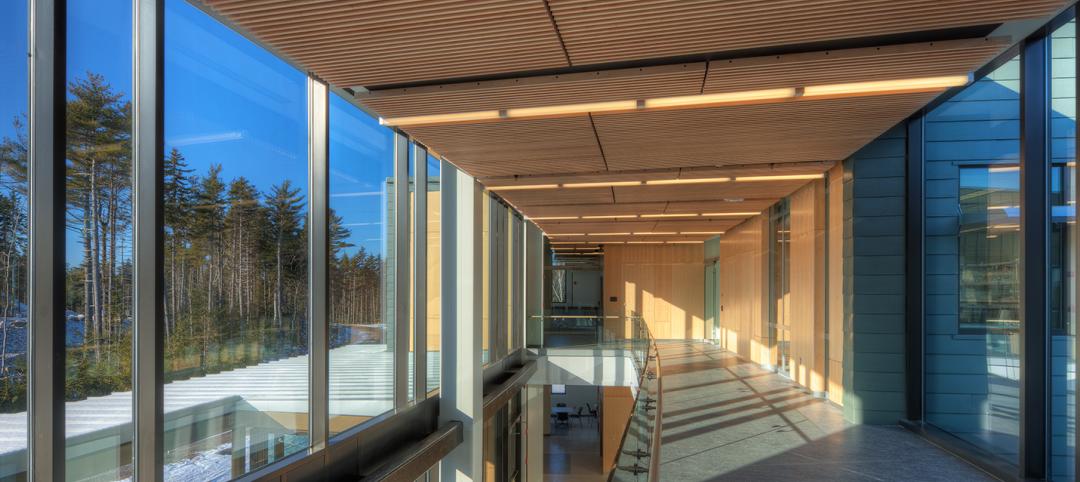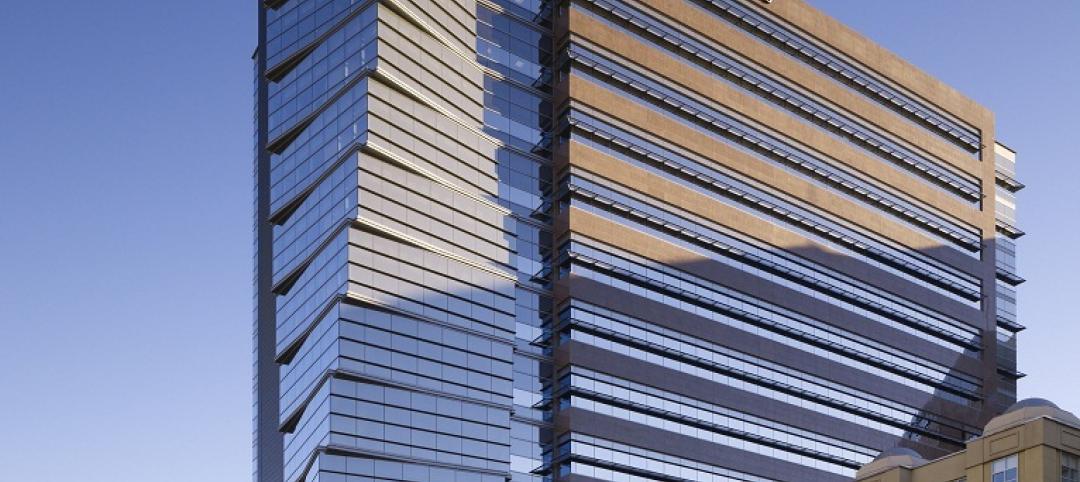By the year 2050, 70 percent of the world’s population will live in cities. In anticipation of this, Amsterdam-based AkzoNobel, a chemical company that specializes in decorative paint and coatings, recently announced its Human Cities initiative as a way to highlight their commitment in “improving, energizing and regenerating urban communities across the world.”
One project part of the initiative is a partnership with leading architecture firm OMA, founded by Rem Koolhaas, to research the link between color and economic development of a city. The announcement was made at the Venice Architecture Biennale.
“We believe that our new research partnership with OMA will make a significant contribution to creating more ‘human’ urban environments for the world’s citizens,” says AkzoNobel CEO Ton Büchner. “We’re delighted to be partnering with Rem Koolhaas and OMA on this study.”
Archdaily reports that this is not the first time research has been done on the effects of color in economics. Back in 2001, research done in Brazilian favelas by Brazilian firm Jorge Mario Jáuregui Architects and published by Harvard University Press found that “Colors had been absent due to poverty, people work on the inside, but cannot afford to work on the outside. And when a new, planned building rises in the slum – be it a public toilet or a sewing co-operative – it immediately becomes a monument. It was conceived by an architect, it indicates things are changing: People understand they now have the right to what was only available in the so-called ‘formal city.’”
Related Stories
| Feb 27, 2012
Consigli complete first building for Bigelow Ocean Sciences Campus
Designed by WBRC Architects Engineers in association with Perkins + Will.
| Feb 27, 2012
Hollister completes fit-out of 41,500-sf office space in Princeton, N.J.
Intricate interior project involved construction of more than 80 offices.
| Feb 27, 2012
Research Institute at Texas Children’s Hospital building receives LEED Gold
Innovative and sustainable design reflects best environmental building practices.
| Feb 26, 2012
Milwaukee U-Haul facility receives LEED-CI Silver
The new elements of the facility now include: efficient lighting with day-lighting controls and occupancy sensors, a high-efficiency HVAC system used in conjunction with a newly constructed thermal envelope to help reduce energy consumption, and the installation of low-flow fixtures to reduce water consumption.
| Feb 26, 2012
Hollister Construction awarded 42,000-sf office fit-out in Holtsville, N.Y.
Space leased by U.S. General Service Administration.
| Feb 26, 2012
Alvarez-Glasman & Colvin’s Chen LEED certified
Chen works closely with property owners to ensure that their properties meet and exceed all industry standards, and also provide long-term energy savings.
| Feb 24, 2012
ABI remains positive for three straight months
The AIA reported the January ABI score was 50.9, following a mark of 51.0 in December.
| Feb 24, 2012
Larry Lord joins HDR Architecture as south region science and technology director
A founding partner at Lord, Aeck & Sargent, Lord is nationally renowned for his leadership in architecture for complex projects.
| Feb 24, 2012
Pottorff elevated to principal at Ricci Greene Associates
Pottorff is recognized in the justice field as an expert solely dedicated to the design and planning of courts and urban jails in both the U.S. and Canada.
















